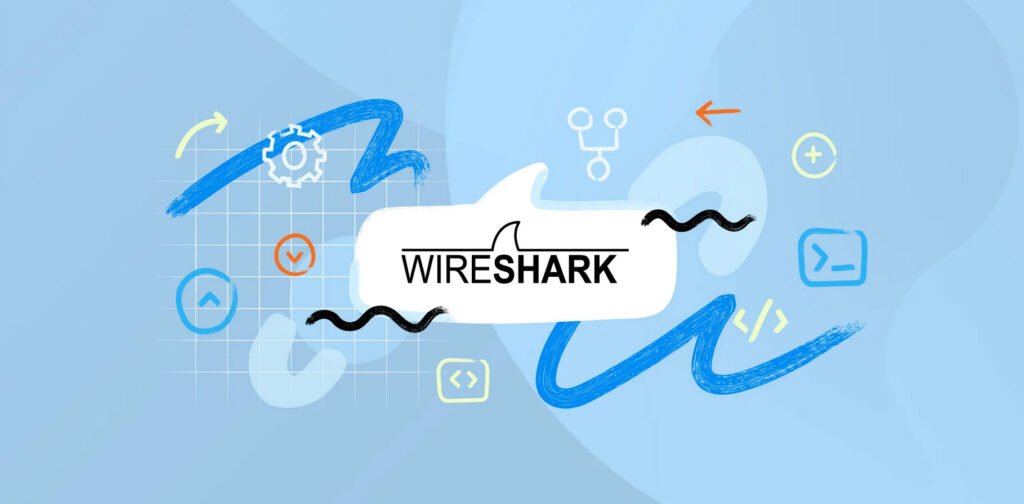
The Hypertext Transfer Protocol (HTTP) is the foundation of data communication on the World Wide Web. As one of the most widely used application protocols, HTTP facilitates the exchange of resources between web browsers and web servers. Analyzing HTTP traffic is crucial for understanding web interactions, identifying potential issues, and ensuring the security of web applications. Wireshark, a popular network protocol analyzer, offers various HTTP filters that allow network analysts to dissect and interpret HTTP packets effectively.
In this article, we will explore HTTP Wireshark filters and their significance in unraveling web communication.
Understanding HTTP
HTTP is a stateless application protocol that governs how web browsers request and retrieve resources from web servers. When a user interacts with a website by clicking links, submitting forms, or requesting pages, HTTP facilitates these interactions by following a request-response model.
HTTP requests are generated by the client (typically a web browser), and the server responds with the requested data or resources. Each HTTP transaction consists of a request and a corresponding response.
HTTP Wireshark Filters
1. http.accept and http.accept_language
Filter by the “Accept” and “Accept-Language” headers, which specify the types of content and languages acceptable to the client.
2. http.accept_encoding and http.content_encoding
Filter by the “Accept-Encoding” and “Content-Encoding” headers, indicating the content encodings supported by the client and applied by the server, respectively.
3. http.authbasic and http.authorization and http.proxy_authorization
Filter by various HTTP authorization-related headers, including “Authorization” and “Proxy-Authorization,” used for authentication.
4. http.cache_control
Filter by the “Cache-Control” header, determining cache directives and cache-related behaviors.
5. http.connection
Filter by the “Connection” header, specifying whether the connection should be kept alive or closed after the transaction.
6. http.content_length and http.content_type
Filter by the “Content-Length” and “Content-Type” headers, respectively, specifying the length and type of the content in the HTTP response.
7. http.cookie
Filter by the “Cookie” header, containing HTTP cookies that store client-side state information.
8. http.date and http.last_modified
Filter by the “Date” and “Last-Modified” headers, respectively, indicating the date and time the response was generated and the last modification time of the requested resource.
9. http.host
Filter by the “Host” header, which specifies the hostname and optional port number of the target web server.
10. http.location
Filter by the “Location” header, used in HTTP responses to redirect clients to a new URL.
11. http.notification
Filter by the “Notification” header, indicating specific actions that need to be taken by the recipient.
12. http.proxy_connect_host and http.proxy_connect_port
Filter by the “Proxy-Connect-Host” and “Proxy-Connect-Port” headers, used in the CONNECT method to establish a tunnel through a proxy.
13. http.referer
Filter by the “Referer” header, showing the URL of the previous web page from which the current request originated.
14. http.request and http.response
Filter packets based on whether they are HTTP requests or responses.
15. http.request.method
Filter by the HTTP request method, such as GET, POST, PUT, DELETE, etc.
16. http.request.uri
Filter by the Uniform Resource Identifier (URI) portion of the HTTP request.
17. http.request.version and http.response.code
Filter by the HTTP version of the request and the status code of the response, respectively.
18. http.response
Filter packets containing HTTP responses.
19. http.server
Filter by the “Server” header, identifying the web server software used by the server.
20. http.set_cookie
Filter by the “Set-Cookie” header, used in HTTP responses to set cookies on the client.
21. http.transfer_encoding
Filter by the “Transfer-Encoding” header, specifying the type of transformation applied to the message body.
22. http.user_agent
Filter by the “User-Agent” header, identifying the client’s user agent, typically the web browser or application used to make the request.
23. http.www_authenticate and http.proxy_authenticate
Filter by the “WWW-Authenticate” and “Proxy-Authenticate” headers, indicating the authentication schemes supported by the server and proxy, respectively.
Conclusion
HTTP Wireshark filters serve as invaluable tools for network analysts and web developers to gain insights into web communication and troubleshoot potential issues.
By applying these filters, analysts can isolate and study specific HTTP packets, enabling them to understand how web browsers and servers interact, identify security vulnerabilities, and optimize web performance. Mastering HTTP Wireshark filters empowers professionals to build secure and efficient web applications and deliver a seamless browsing experience for users.








